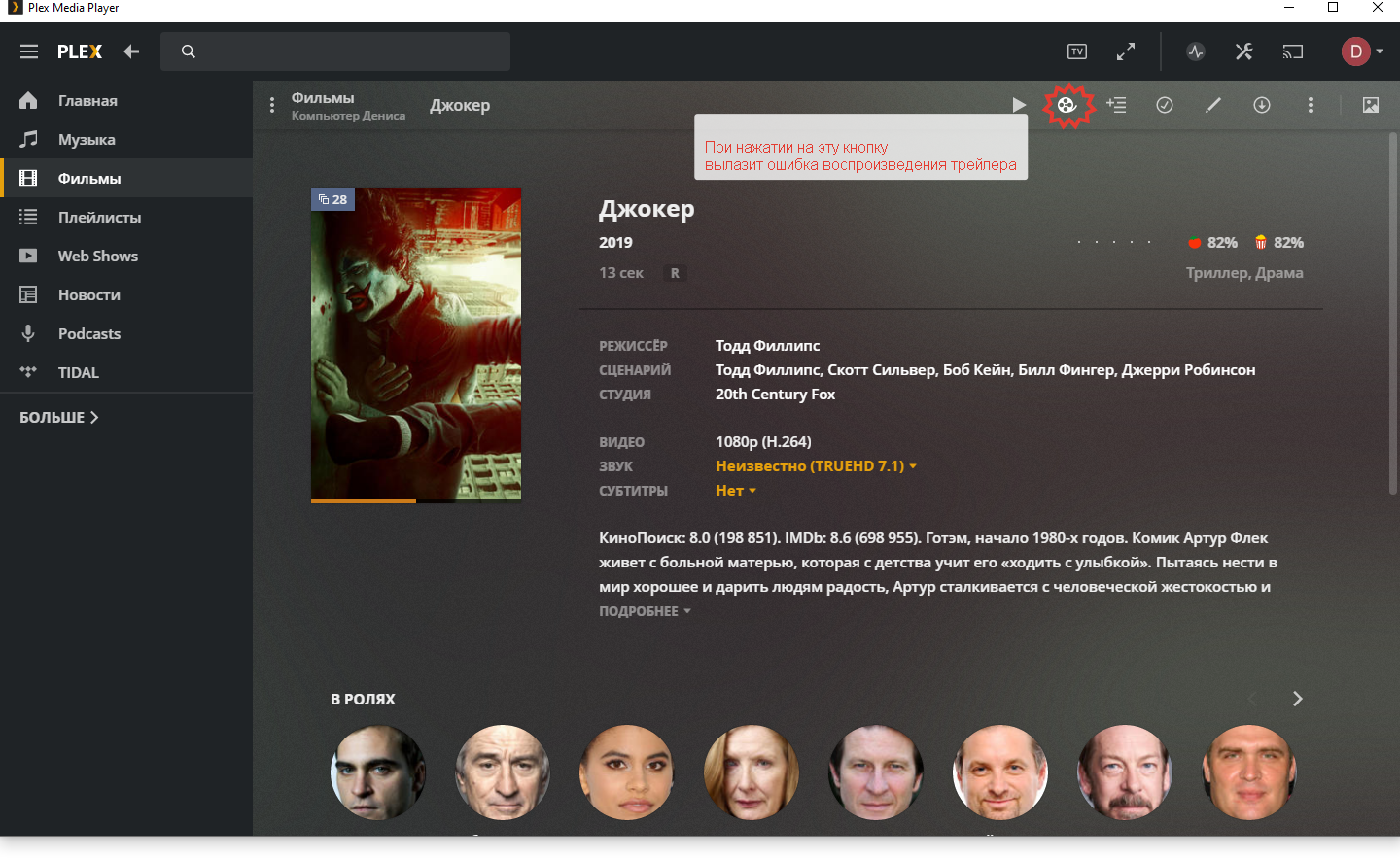

- #GITHUB PLEX MEDIA PLAYER INSTALL#
- #GITHUB PLEX MEDIA PLAYER UPDATE#
- #GITHUB PLEX MEDIA PLAYER PASSWORD#
- #GITHUB PLEX MEDIA PLAYER DOWNLOAD#
Use now the SSH console (to be able to copy/paste from here) to execute this: sudo apt-get install -y autoconf automake libtool libharfbuzz-dev libfreetype6-dev libfontconfig1-dev libx11-dev libxrandr-dev libvdpau-dev libva-dev mesa-common-dev libegl1-mesa-dev yasm libasound2-dev libpulse-dev libuchardet-dev zlib1g-dev libfribidi-dev git libgnutls28-dev libgl1-mesa-dev libsdl2-dev cmake python3 python python-minimal git mpv libmpv-dev

#GITHUB PLEX MEDIA PLAYER UPDATE#
If you want to be sure that your OS is up-to-date, with the very latest fixes, type the following commands: sudo apt-get update sudo apt-get full-upgradeĪnd finally disable the screen sleep with the command sudo sed -i 's/#xserver-command=X.*/xserver-command=X -s 0 dpms/g' /etc/lightdm/nf If it seems that your RPI didn't reboot properly and you are able to connect via SSH, redo the configuration with the command sudo raspi-config (try to reset the "Memory Split" to 64 if you did change it). If it seems that your RPI didn't reboot properly and you are not able to connect using SSH after a moment, they you probably have to redo to whole setup from scratch and try other configuration options within raspi-config Accept if you are sure that you are connecting safely to your RPI. You will possibly get a PuTTY Security Alert because of the ssh key fingerprint.
#GITHUB PLEX MEDIA PLAYER PASSWORD#
You can now open a SSH console from your PC (E.g: using PuTTY) to connect on the IP address found previously and login with the user 'pi' and the password you introduced during the installation.

I set the audio output on the HDMI port via "7 Advanced Options" > A4 Audio".I gave the whole micro-SD card storage for the OS via "7 Advanced Options" > A1 Expand File System".Using 1024 result in a black screen after reboot) Give at least 512MB or more to your GPU via "7 Advanced Options" > "Memory Split" (I did set 512.Enable SSH via "5 Interfacing Options" > "P2 SSH".You can possibly also find more info about your keyboard here.Look the picture of this wiki page for more details. If your keyboard is not in the list, use the Generic 100x-Key PC corresponding to your layout.Configure your keyboard if required via "4 Localisation Options" > "change keyboard layout".Type next this command to configure the os: sudo raspi-config Click "Restart" on the last step "Setup Complete"įirst, type this command in the Terminal to check your IP address: ifconfig.Again, untick the "Hide characters" option to check what you type! Select Wireless Network (You can skip this step if the RPI is connected via ethernet).Untick the "Hide characters" option to check what you type! ATTENTION: the keyboard layout is most probably not the right one. Setup the Country (use Page up and Page down in the Country Combo to scroll faster).The Raspberry Pi Desktop will appear after some automatic reboots. Once the operation completed, install the micro-SD in your RPI 4 and turn it on.img file "YYYY-MM-DD-raspios-buster-armhf.img" unzipped from the "Raspberry Pi OS (32-bit) with desktop" image. Install and Run the "Raspberry Pi Imager" to setup the "Raspberry Pi OS" on a micro-SD card.This is the smallest image (no extra softwares) with a Desktop (mandatory to display the Plex Media Player GUI).
#GITHUB PLEX MEDIA PLAYER DOWNLOAD#


 0 kommentar(er)
0 kommentar(er)
